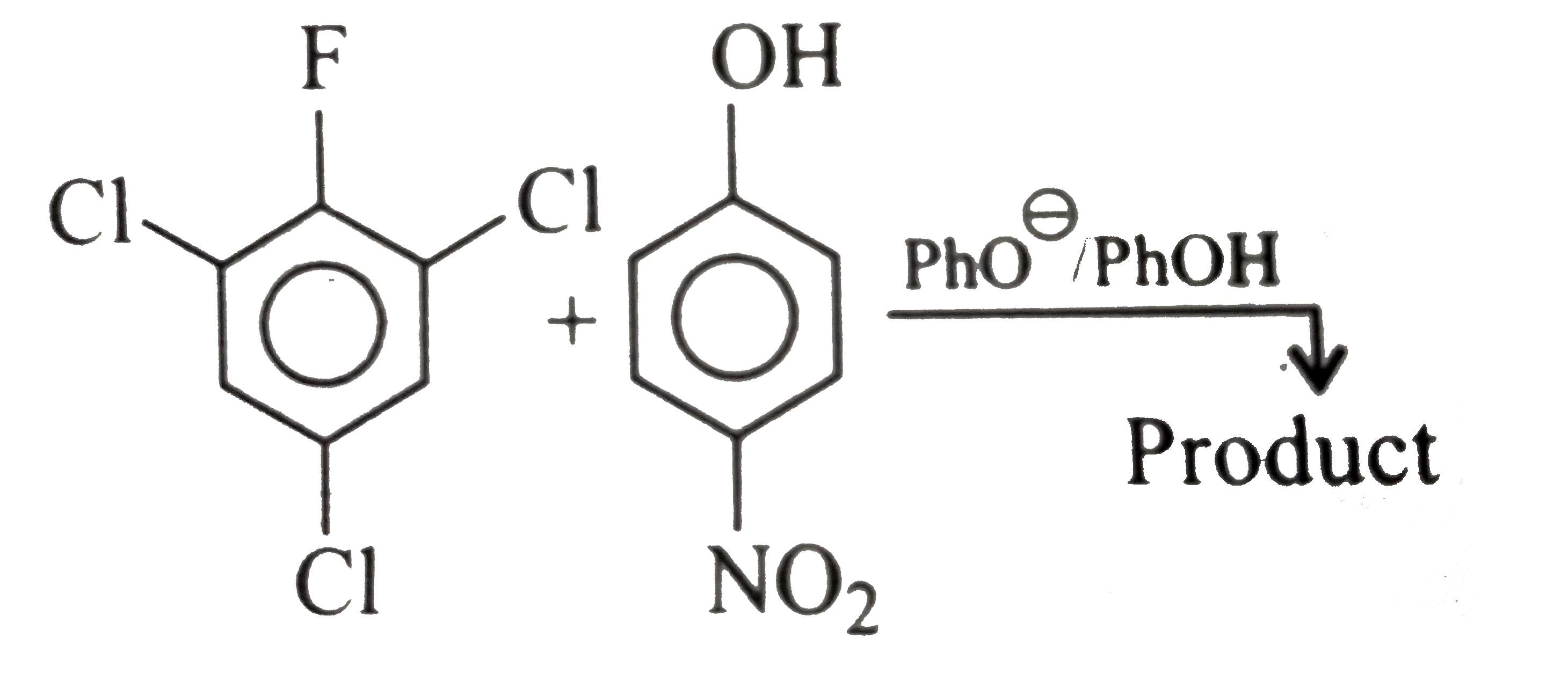Assertion (A): In radioactive disintegrations, .2H4 nuclei can come out of the nucleus but lighter .2H3 cannot.
Reason (R): The binding energy of .2H3 is more than that of .2H4.
If both (A) and (R) are correct , and (R) is the correct explanation of (A)
If both (A) and (R) are correct, but (R) is not the correct explanation of (A)
If (A) is correct, but (R) is incorrect.
If (A) is incorrect, but (R) is correct.
The correct Answer is:C
To solve the question, we need to analyze the assertion and reason provided.
Step 1: Understanding the Assertion
The assertion states that in radioactive disintegrations, helium nuclei (specifically, 42He) can come out of the nucleus, while lighter tritium nuclei (specifically, 31H) cannot.
Hint: Consider the stability of the nuclei involved and how they relate to radioactive decay.
Step 2: Analyzing the Stability of Nuclei
In radioactive disintegration, unstable nuclei tend to decay into more stable forms. Helium-4 (42He) is a more stable nucleus compared to tritium (31H). This means that when a nucleus undergoes radioactive decay, it is more likely to emit a helium nucleus because it leads to a more stable configuration.
Hint: Think about the concept of stability in nuclear chemistry and how it influences the decay process.
Step 3: Understanding the Reason
The reason states that the binding energy of tritium is more than that of helium. However, this statement is incorrect. The binding energy of a nucleus is an indicator of its stability; a higher binding energy means a more stable nucleus. Helium-4 has a higher binding energy than tritium, which means it is more stable.
Hint: Recall the relationship between binding energy and nuclear stability.
Step 4: Conclusion
Based on the analysis:
- The assertion is correct: Helium nuclei can come out of the nucleus during radioactive decay because they are more stable.
- The reason is incorrect: The binding energy of tritium is not greater than that of helium; in fact, helium has a higher binding energy.
Thus, the final conclusion is:
- Assertion (A) is true.
- Reason (R) is false.
Final Answer:
Assertion (A) is correct, and Reason (R) is incorrect.
The assertion states that in radioactive disintegrations, helium nuclei (specifically, 42He) can come out of the nucleus, while lighter tritium nuclei (specifically, 31H) cannot.
In radioactive disintegration, unstable nuclei tend to decay into more stable forms. Helium-4 (42He) is a more stable nucleus compared to tritium (31H). This means that when a nucleus undergoes radioactive decay, it is more likely to emit a helium nucleus because it leads to a more stable configuration.
The reason states that the binding energy of tritium is more than that of helium. However, this statement is incorrect. The binding energy of a nucleus is an indicator of its stability; a higher binding energy means a more stable nucleus. Helium-4 has a higher binding energy than tritium, which means it is more stable.
Based on the analysis:
- The assertion is correct: Helium nuclei can come out of the nucleus during radioactive decay because they are more stable.
- The reason is incorrect: The binding energy of tritium is not greater than that of helium; in fact, helium has a higher binding energy.
- Assertion (A) is true.
- Reason (R) is false.
Assertion (A) is correct, and Reason (R) is incorrect.
Topper's Solved these Questions
- NUCLEAR CHEMISTRYBook:CENGAGE CHEMISTRY ENGLISHChapter:NUCLEAR CHEMISTRYExercise:Exercise Fill In The Blanks
Explore 30 Videos
- NUCLEAR CHEMISTRYBook:CENGAGE CHEMISTRY ENGLISHChapter:NUCLEAR CHEMISTRYExercise:Exercise True/False
Explore 20 Videos
- NUCLEAR CHEMISTRYBook:CENGAGE CHEMISTRY ENGLISHChapter:NUCLEAR CHEMISTRYExercise:Exercises Single Correct
Explore 80 Videos
- NCERT BASED EXERCISEBook:CENGAGE CHEMISTRY ENGLISHChapter:NCERT BASED EXERCISEExercise:Nuclear Chemistry (NCERT Exercise)
Explore 29 Videos
- ORGANIC COMPOUNDS WITH FUNCTIONAL GROUPBook:CENGAGE CHEMISTRY ENGLISHChapter:ORGANIC COMPOUNDS WITH FUNCTIONAL GROUPExercise:Archives Analytical And Descriptive
Explore 24 Videos
Similar Questions
Assertion (A): Magnesium can be obtained by the electronlysis of aqueous solution of MgCl2.
Reason (R ): The electrode potential of Mg2+ is much higher than H⊕.
View SolutionAssertion (A):

The product is:
Reason (R ): p−NO2−C6H4O− is a stronger nucleophile than PhO−.
View SolutionAssertion: Ca++ cannot replace H+ adsorbed on clay or humus particles.
Reasoning: The retentive capacity of Ca+2 is more than that of H+.
View SolutionWhy is H2S more acidic than H2O ?
View SolutionWhy H2 is more stable than H+2 while He+2 is more stable than He2 ?
View SolutionAssertion (A) : The order of the reaction,
CH3COOC2H5+H2O⇔CH3COOH+C2H5OH
is 2. Reason (R ): The molecularity of this reaction is 2.
View SolutionAssertion (A): H2SO4 acts as a base in the presence of HCIO4.
Reason (R) : Perchloride acid is stronger acid than H2SO4.
View SolutionAssertion: H2SO4 is a weaker acid than HClO4.
Reason: SO2−4 is more stable than ClO−4 in solution.
View SolutionAssertion : H2S is stronger acid than PH3.
Reason : S is more electronegative than P, conjugate baseHS−is
more stable than H2P−.
View SolutionAssertion (A): Sn reacts with HCl to produce H2 gas.
Reason (R ): Sn is a better reducing agent than H2 gas.
View Solution